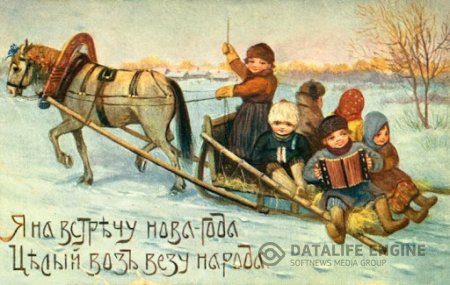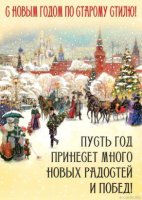 Old New Year
Old New Year
The Old New Year is a unique holiday celebrated in several countries, including Russia, Ukraine, Belarus, and Serbia. Its origins stem from the transition from the Julian calendar to the Gregorian calendar, where January 1st in the old style corresponds to January 14th in the new style. This holiday combines both New Year's and Christmas traditions.
The Old New Year emerged in 1918 following the calendar reform when Soviet Russia adopted the Gregorian calendar. The difference between the two calendars is 13 days. For many people, this day symbolizes the Christmas festivities and celebrates the New Year in a family atmosphere. On Old New Year’s Eve, as on Christmas, people prepare kutya—a dish made of grains, honey, and dried fruits, symbolizing prosperity and abundance.
In ancient Rus, a tradition called "shchedrovanie" was widespread: on the evening of January 13th, children and young people would go house-to-house singing shchedrovki (ritual songs), wishing wealth, health, and happiness to the hosts. It was believed that the night of the Old New Year was particularly suitable for fortune-telling. Girls often practiced divination to learn about their future, life partners, and destiny.
On the morning of January 14th, boys would go from house to house "sowing" grains, an act symbolizing a bountiful harvest and good luck in the coming year.
Today, the Old New Year is more of a symbolic holiday, celebrated with family or friends. It is customary to gather for a festive dinner and light up the Christmas tree. Many people still recall the traditions of their ancestors and perform folk rituals.
In Serbia and North Macedonia, the holiday is called "Serbian New Year" and is celebrated with lively festivities. In Switzerland, January 13th marks the New Year according to the old Alemannic calendar.
The Old New Year is a time for warm gatherings, cozy moments, and continuing the New Year’s magic!




